How Telehealth Provides More Efficient Healthcare for Patients and Providers – and the Role Online Communities Can Play
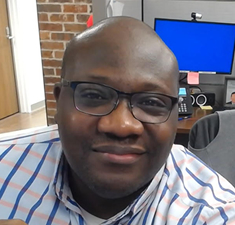 How did the pandemic impact your relationships with your healthcare providers? Did telehealth enable you to continue seeing or connecting with your providers to receive the care that you needed?
How did the pandemic impact your relationships with your healthcare providers? Did telehealth enable you to continue seeing or connecting with your providers to receive the care that you needed?
In this episode of Community Signal, Denzil Coleman, a telehealth coordinator, developing and maintaining digital health interventions at the Medical University of South Carolina (MUSC) Center for Telehealth, discusses how the adoption of telehealth interactions and practices during the pandemic may lead to continued and more long-term improvements and efficiencies in our healthcare system.
Denzil explains that telehealth is “anything where healthcare is being impacted by a patient and an actor that are not in the same location. That includes a video, that includes transmissions of information, asynchronous messaging, [and] remote patient monitoring.” Telehealth can create efficiencies for both patients and providers –– giving patients flexibility to see their providers without the burden of travel and with the option to invite more caregivers into these interactions.
Whereas in the past, patients may have received pamphlets with details about in-person support groups or other care options, today there are online communities and support groups and insurance companies themselves even offer telehealth options. With these options come more opportunities for patients to be more engaged in the care that they receive and for providers to thoughtfully care for patients.
Denzil and Patrick also discuss how:
- COVID, the shifting landscape of the healthcare profession, and the fact that folks are living longer, healthier lives all impacts the healthcare system
- The flexibility of telehealth allows a patient’s support system to become more involved in their care
- Creating efficiencies in the healthcare system should not equate to patients receiving less care
- Value-based care could resemble a community-like investment in overall care
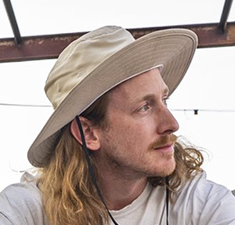
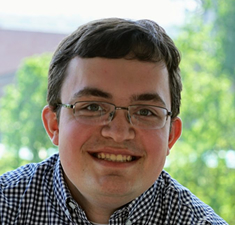
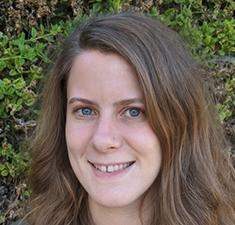 What moderation tactics have you used or seen as a mechanism to curtail the spread of misinformation in communities and on social media platforms? Word detection, link blocking, and digital stickers promoting legitimate information sources may immediately come to mind.
What moderation tactics have you used or seen as a mechanism to curtail the spread of misinformation in communities and on social media platforms? Word detection, link blocking, and digital stickers promoting legitimate information sources may immediately come to mind. When was the last time you mandated that your community, moderation, trust, and safety colleagues schedule time for out of queue activities? When was the last time you led by example and took a break or participated in other wellness activities before you felt burnout? What was the last tool your product team built to help foster resiliency for your moderators?
When was the last time you mandated that your community, moderation, trust, and safety colleagues schedule time for out of queue activities? When was the last time you led by example and took a break or participated in other wellness activities before you felt burnout? What was the last tool your product team built to help foster resiliency for your moderators?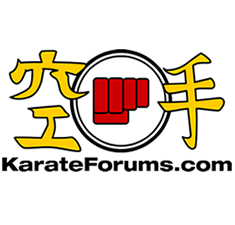 May 21st, 2021 marked 20 years since the launch of
May 21st, 2021 marked 20 years since the launch of 
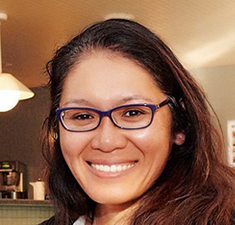
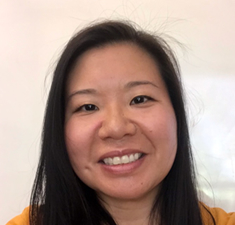
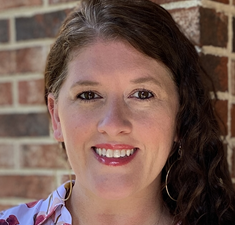
 Last month,
Last month,  If you were designing a curriculum to teach undergrads about community management, what would you cover?
If you were designing a curriculum to teach undergrads about community management, what would you cover? 